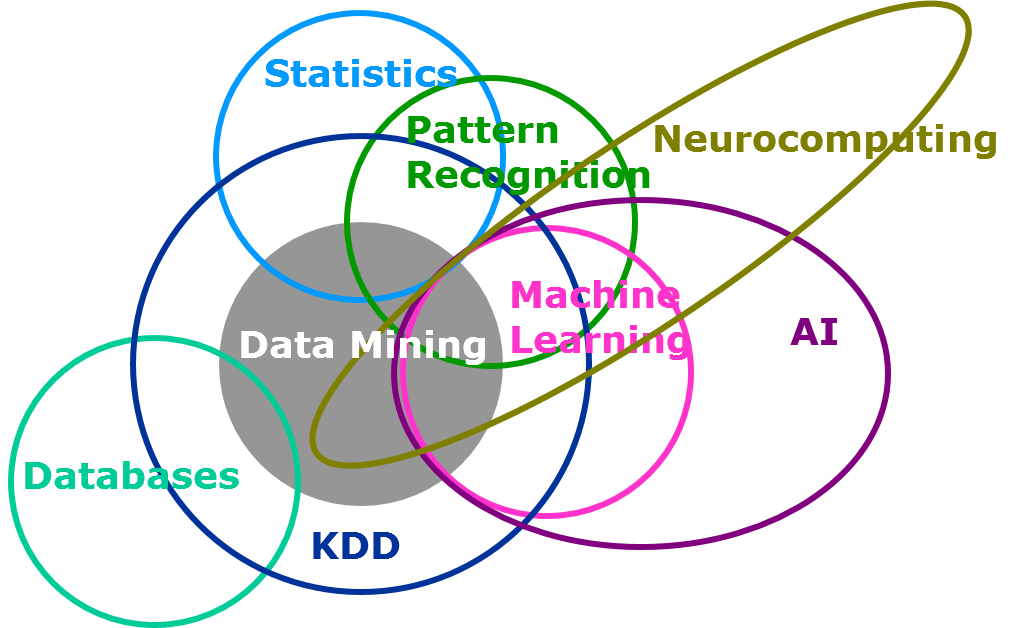
Text Mining in Machine Learning
Text Mining in Machine Learning
Introduction to Text Mining in Machine Learning
Text Mining in Machine Learning is a powerful technique that extracts knowledge and insights from unstructured text data.
In today’s digital age, vast amounts of textual data are generated daily, making Text Mining in Machine Learning an indispensable tool for businesses and researchers alike.
This approach uses various machine learning algorithms to analyze text, uncover patterns, and derive meaningful conclusions.
This article explores Text Mining in Machine Learning in detail, covering its applications, techniques, and practical implementations.
The use of Text Mining in Machine Learning is crucial to understanding and leveraging the insights hidden within textual data.
Text Mining in Machine Learning is a crucial aspect of leveraging big data.
What is Text Mining in Machine Learning?
Text Mining in Machine Learning, sometimes also called text analytics, is a branch of data mining focused on extracting useful information and patterns from text data.
It leverages machine learning algorithms to accomplish this.
The key to successful Text Mining in Machine Learning lies in pre-processing and cleaning the text data before application of any specific algorithms.
This includes removing noise, handling irrelevant information, and converting the text to a format usable by machine learning models.
Understanding the specifics of Text Mining in Machine Learning is essential for deriving actionable insights.
Preprocessing Text Data for Text Mining in Machine Learning
Thorough text preprocessing is vital for accurate and effective Text Mining in Machine Learning.
Steps include:
- Tokenization: Breaking down the text into individual words or terms (tokens).
- Stop word removal: Eliminating common words like “the,” “a,” and “is” that often don’t carry significant meaning.
- Stemming/Lemmatization: Reducing words to their root form to group related words.
- Lowercasing: Converting all text to lowercase for consistency.
Different Text Mining Techniques in Machine Learning

Source: sas.com
Many techniques are employed in Text Mining in Machine Learning, including:
Sentiment Analysis
Identifying and categorizing the emotional tone (positive, negative, or neutral) expressed in text data is essential for market research or customer feedback analysis.
Sentiment analysis often requires advanced machine learning models trained on labelled text data to recognize nuances in text.
Sentiment analysis using Text Mining in Machine Learning can lead to important market trends.
Topic Modeling
Topic modeling discovers hidden topics in large collections of text, enabling pattern analysis to help researchers identify common trends, and businesses understand their target customer demographics and customer preferences via the insights produced in Text Mining in Machine Learning.
Named Entity Recognition
Identifying and classifying named entities like people, organizations, locations, dates, and monetary values to enhance insights from text using advanced Text Mining in Machine Learning techniques is key.
Clustering
Grouping similar texts together, uncovering relationships within unlabelled data, improving efficiency of analysis through Text Mining in Machine Learning and providing key insights to businesses, and creating classifications is essential for effective machine learning applications and analysis.
Applying Text Mining in Machine Learning: Practical Examples
Several domains benefit from applying Text Mining in Machine Learning techniques.
- Customer feedback analysis: Gain insights into customer sentiments toward products or services.
- Social media monitoring: Analyze public opinion and trends based on social media discussions, offering crucial information on Text Mining in Machine Learning practices.
- Fraud detection: Identify suspicious patterns and behaviors by analyzing financial records.
- Information retrieval: Improving retrieval processes via the insights gleaned through Text Mining in Machine Learning is essential for searching huge databases and effectively collecting crucial data.
Evaluation Metrics for Text Mining in Machine Learning
Accuracy of the results obtained from applying Text Mining in Machine Learning methods are vital in any model development, making evaluation essential.
Several evaluation metrics used to measure performance:
- Accuracy: Proportion of correctly classified instances.
- Precision: Percentage of positive predictions that are actually positive.
- Recall: Percentage of actual positive cases that were correctly identified.
- F1-score: Harmonic mean of precision and recall.
- RMSE Root Mean Squared Error (Root Mean Square Deviation) – for measuring prediction error from data
Challenges in Text Mining in Machine Learning
Handling extremely large volumes of text data and maintaining high accuracy and computational efficiency remain challenges in this application.
The complexities of the nature of human language require robust and careful methodology through various processes when engaging in Text Mining in Machine Learning.
Other challenges related to noisy and incomplete data and choosing relevant features are key considerations in the application of text mining in machine learning.

Source: co.uk
Choosing the Right Text Mining in Machine Learning Algorithm

Source: ytimg.com
The optimal algorithm for Text Mining in Machine Learning often depends on the specific task.
Natural Language Processing (NLP) Tools
Understanding various NLP tools that assist in Text Mining in Machine Learning tasks like SpaCy, NLTK (Natural Language Toolkit), and more is a key area of exploration.
Using these can make pre-processing and other aspects much more effective.
Understanding their strengths, limitations, and use cases for the effective use of Text Mining in Machine Learning tools can streamline processes.
Conclusion

Source: geeksforgeeks.org
Text Mining in Machine Learning has the power to reveal important insights from textual data in various contexts, revolutionizing approaches to market and customer analysis as well as various industries in important ways.
From the fundamental pre-processing techniques to choosing suitable algorithms for sentiment analysis or topic modeling, this area will only continue to develop into more innovative forms.
Mastering the skills in Text Mining in Machine Learning can open up numerous valuable and engaging application areas.

Source: ac.in
How-To: Perform Sentiment Analysis with Python for Text Mining in Machine Learning
This section outlines a straightforward method for performing sentiment analysis on textual data in Python.
It demonstrates basic usage to efficiently understand Text Mining in Machine Learning through simple Python commands.
Step 1: Libraries and Data
import nltk
from nltk.sentiment import SentimentIntensityAnalyzer
import pandas as pd
# Download required NLTK data if not present
# Example - replace 'vader_lexicon' as required
# nltk.download('vader_lexicon')
data = pd.DataFrame({'Review': ['This product is excellent!', 'I am dissatisfied.', 'Neutral review.']})
sia = SentimentIntensityAnalyzer()
Step 2: Sentiment Scoring
# Add sentiment scores
data['Sentiment_Scores'] = data['Review'].apply(lambda review: sia.polarity_scores(review))
# Example Output Showing Sentiment Scores
print(data)
Step 3: Analyzing Results
# Calculating a compound sentiment score from scores generated.
data['Sentiment_Scores_comp'] = data['Sentiment_Scores'].apply(lambda scores: scores['compound'])
print(data)
These code snippets form the very basic building blocks for carrying out effective text mining using sentiment analysis for further application and exploration in machine learning and business analysis via Text Mining in Machine Learning tools.
You would usually use these analyses and the sentiment information with data from appropriate sources relevant to the industry or analysis and apply machine learning models that are specific to your Text Mining in Machine Learning task.
Further enhancement could involve sentiment lexicons that focus more on domains of your business and further investigation of how such sentiment analysis through text mining techniques in machine learning would fit your need.